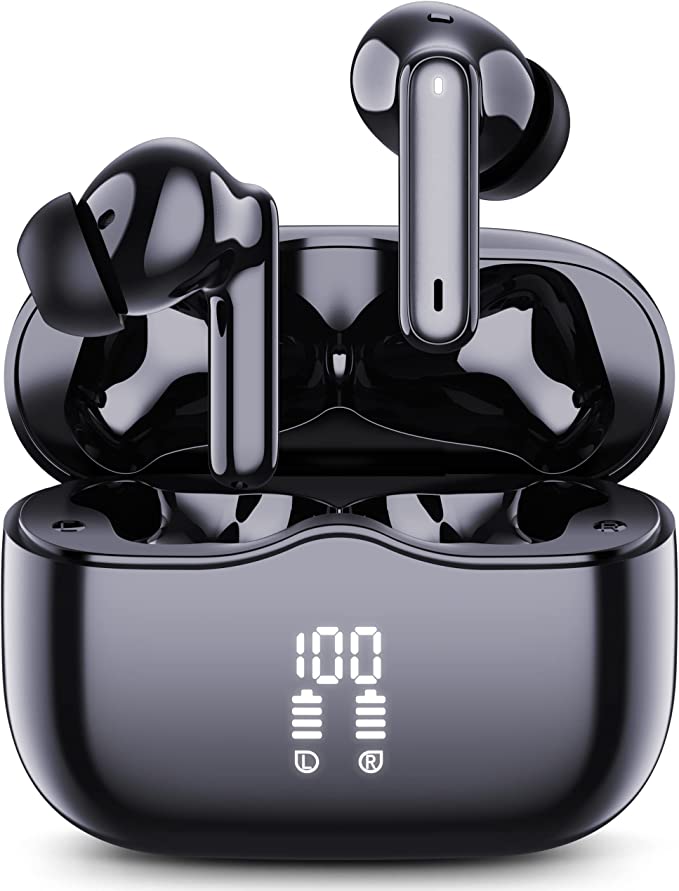The Unseen Guardians: A Deep Dive into Sensor Technology in Automated Pet Care
Update on Oct. 14, 2025, 5:53 p.m.
In an age where automation is seamlessly integrating into our homes, from robotic vacuums navigating our floors to smart thermostats regulating our comfort, it is no surprise that pet care is experiencing a similar technological evolution. Devices designed to automate routine tasks like feeding, playing, and, most notably, litter box cleaning, are increasingly common. However, these are not mere appliances; they are, in essence, task-specific robots operating in close proximity to beloved family members. This reality raises a critical engineering question that transcends convenience: How do we build autonomous systems that are not just efficient, but fundamentally safe for the living beings they serve? The answer lies not in complex algorithms or cloud connectivity, but in a far more fundamental layer of technology: the sophisticated network of unseen guardians known as sensors.

At the forefront of this safety architecture is the principle of presence detection. The most direct and reliable method for this in consumer robotics is the use of active infrared (IR) sensors. An active IR sensor system operates on a simple, elegant principle: a light-emitting diode (LED) emits a beam of infrared light—invisible to both human and feline eyes—to a receiver. When this beam is unbroken, the circuit is complete, and the system knows the area is clear. Should a cat enter the device, its body physically interrupts the beam. The receiver instantly detects this break and sends a signal to the microcontroller to halt any current or pending cleaning cycle. In a device like the Puemin AutoScooper 11, which specifies the use of three sets of infrared sensors, this creates a comprehensive “light curtain” across the entrance, minimizing the chance of an undetected entry and providing a robust first line of defense. This is the robotic equivalent of a tripwire, a silent, ever-vigilant perimeter guard.

However, relying on a single method of detection presents potential failure points. What if a sensor lens becomes obstructed by litter dust, or a uniquely colored cat coat absorbs rather than reflects the IR light in an unexpected way? A truly safe system must not only monitor its environment but also be intimately aware of its own state and actions. This is the role of a second, complementary technology: the Hall effect sensor. Unlike IR sensors that look outward, Hall effect sensors look inward, monitoring the machinery itself. These sensors react to the presence of a magnetic field. By placing small magnets on the rotating components of the motor or the cleaning rake mechanism, the Hall effect sensors can precisely track the mechanism’s position, speed, and rotational count. If the rake encounters an unexpected physical resistance—be it a particularly stubborn waste clump or, in a worst-case scenario, an object that bypassed the IR sensors—the motor’s load will change, and its rotation will deviate from the expected pattern. The Hall effect sensors detect this anomaly immediately, signaling the system to stop all movement to prevent mechanical strain and, crucially, to avert any potential harm.
The true masterstroke of modern safety engineering, however, is not the deployment of any single sensor type, but the strategic fusion of multiple, different systems to create a layered defense, a concept known as redundancy. The specification of three sets of IR sensors and three sets of Hall effect sensors in a device like the AutoScooper 11 is a prime example of this principle in action. This isn’t just about having backups; it’s about creating a system where the weaknesses of one sensor type are covered by the strengths of another. The IR sensors are the external sentinels, watching for the cat’s presence. The Hall effect sensors are the internal auditors, ensuring the machine operates exactly as intended. If one system fails or is deceived, the other is there to catch the error. This multi-layered, cross-checking approach elevates the device’s safety factor exponentially. It’s the same design philosophy that ensures an airplane can still fly if one engine fails or that a nuclear reactor remains stable despite a component malfunction.
Ultimately, as we welcome more automated assistants into our homes and entrust them with the care of our pets, it is crucial to look beyond the surface-level features. The most intelligent aspect of a device is not its ability to connect to Wi-Fi or the sleekness of its mobile app. It is the silent, robust, and thoughtfully engineered safety net woven from these unseen guardians. The deliberate integration of redundant sensor systems, like infrared and Hall effect technology, represents a mature approach to consumer robotics—one that prioritizes the well-being of its most vulnerable users. It is a testament to the idea that the best technology is not always the most visible, but the most reliable.


















